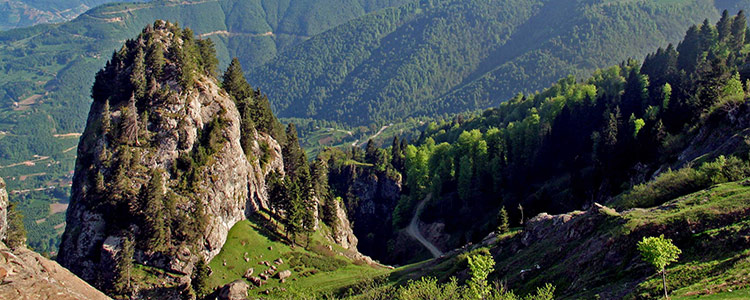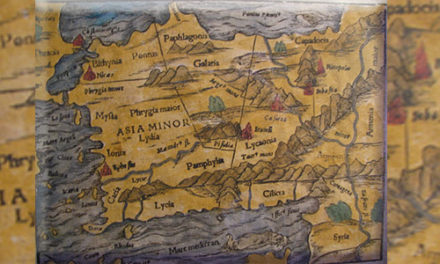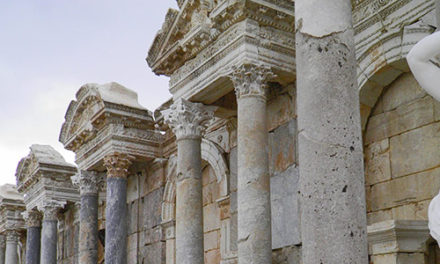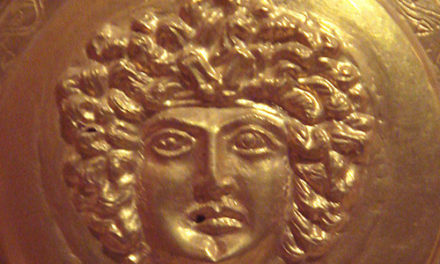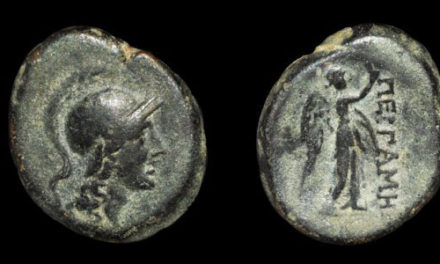Pontus (Πόντος)
Location: North-eastern Anatolia
Nations: Leucosyri, Greeks, Tzans and Laz
Historical capitals: Amasya, Neocaesarea, Trapezus
The north-eastern Black Sea region of Turkey, historically known as Pontus, has a steep, rocky coast with rivers and forests that cascade through the gorges of the coastal ranges. A few larger rivers, those cutting back through the Pontic Mountains (Doğu Karadeniz Dağları), have tributaries that flow in broad, elevated basins. Access inland from the coast is limited to a few narrow valleys because mountain ridges, with elevations of 1,525 to 1,800 m in the west and 3,000 to 4,000 m in the east in Kaçkar Mountains, form an almost unbroken wall separating the coast from the interior. The higher slopes facing southwest tend to be densely wet. Because of these natural conditions, the Black Sea coast historically has been isolated from the Anatolian interior proper. The area is known for its fertility. Cherries were supposed to have been brought from Pontus to Europe in 72 BC.The original inhabitants of Pontus were called generically Leucosyri.
The name Pontus does not occur in records before the 4th century BC and did not come into common use until after the time of Alexander the Great of Macedonia. Before Alexander’s conquest of Persia in 330 BC, Pontus was governed by a satrap for the Persian Empire.
The foundation of the powerful kingdom of Pontus was laid by Mithradates I Ctistes (died about 301 BC). His son, Mithradates II (died about 265 BC), gained control of Paphlagonia and northern Cappadocia. The most important king of Pontus was Mithradates VI. On his overthrow in 66 BC by the Roman general Pompey the Great, the kingdom was divided, the western portion being joined to the province of Bithynia in a Roman province known as Pontus and Bithynia and the eastern region being assigned to native princes.
In AD 62, the country was constituted by Nero a Roman province. It was divided into the three districts: Pontus Galaticus in the west, bordering on Galatia; Pontus Polemoniacus in the centre, so called from its capital Polemonium; and Pontus Cappadocius in the east, bordering on Cappadocia.
BIBLICAL CONNECTION
Mentioned three times in the New Testament, inhabitants of Pontus were some of the very first converts to Christianity. Acts 2:9 mentions them present during the Day of Pentecost. Acts 18:2 mentions a Jewish couple from Pontus that had converted to Christianity. And 1 Peter 1:1 , Peter the Apostle addresses the Pontians in his letter as the “elect” and “chosen ones”.
With the subjection of this kingdom by Pompey in 64 BC, in which little changed in the structuring of life, neither for the oligarchies that controlled the cities nor for the common people in city or hinterland, the meaning of the name Pontus underwent a change. Part of the kingdom was now annexed to the Roman Empire, being united with Bithynia in a double province called Pontus and Bithynia: this part included only the seaboard between Heraclea (Ereğli) and Amisus (Samsun), the ora Pontica.
Hereafter the simple name Pontus without qualification was regularly employed to denote the half of this dual province, especially by Romans and people speaking from the Roman point of view; it is so used almost always in the New Testament. The eastern half of the old kingdom was administered as a client kingdom together with Colchis. Its last king was Polemon II.

